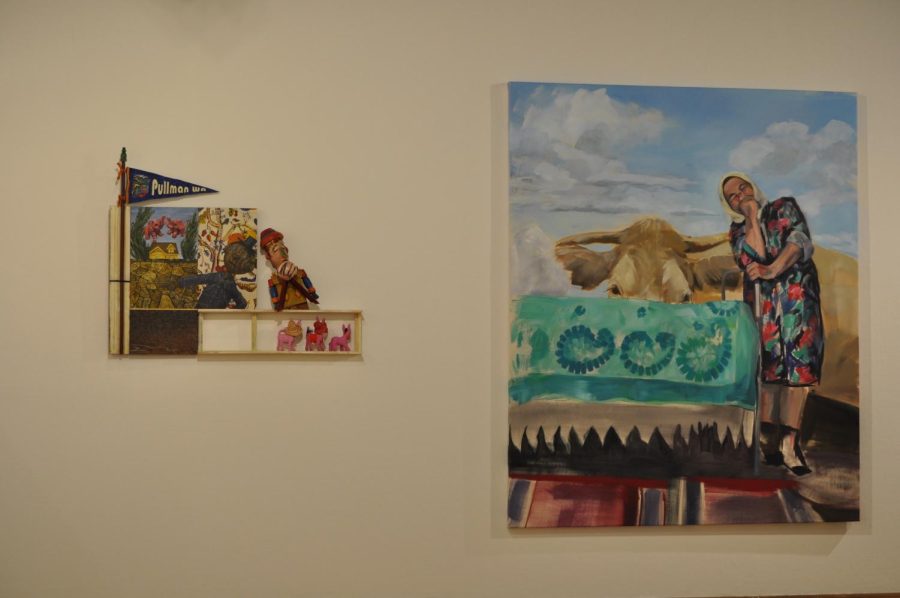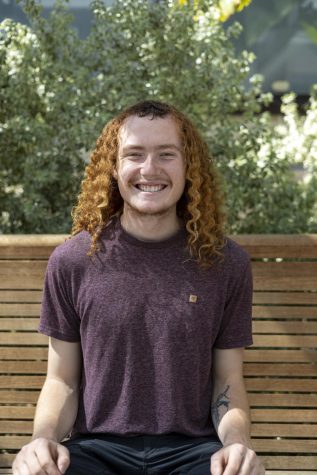Looking at Us art exhibition aims to encourage hopefulness through hardship
May 2, 2022
The Corvallis Arts Center exhibition “Looking at Us” hosts work from two artists dealing with themes of life, death and hope in the midst of the COVID-19 pandemic and war in Ukraine.
The exhibition, which will be on display until May 14, features art from two artists who did not know each other before the show and whose work is unrelated. The artists’ pieces were put together because they both have similar themes, according to Hester Coucke, the curator of the Corvallis Arts Center.
“Both of them are rooted in the reality of daily life, but also work out of imagination,” Coucke said. “Tim Timmerman has a quaker episcopalian background, and his faith, belief in Christ, is a very important part of his art practice… Tatyana [Ostapenko]—we scheduled this show about a year and a half ago and we curated this feeling… She is from the Ukraine and moved here when very young.”
While the exhibition was planned before the Russian invasion of Ukraine on Feb. 24, this invasion affected the show. Ostapenko began selling her work online to raise money for relief efforts involved in the war, and all proceeds from her work in the show will go to relief efforts in Ukraine She also, however, said that her work doesn’t directly tie to the ongoing situation in Ukraine.
“I do not understand how I could process what is going on in Ukraine through canvas,” Ostapenko said. “My processing is activism… This is an atrocious act of aggression against my home country.”
On the other hand, Timmerman’s art is based on the COVID-19 pandemic. According to Timmerman, some artworks were made entirely during Zoom meetings. He said he needs to be hopeful, even in relation to death.
“I needed to be hopeful, I was not being hopeful,” Timmerman said. “It’s been a difficult time over the past few years—COVID-19, politically, environmentally. I need my work to speak hopefully for me.”
According to Timmerman, eight of his most recent paintings are displayed in the Corvallis Arts Center. A lot of his work deals with compressed time and the fact that people are all living multiple lives: their spiritual life and emotional life, among others.
Ostapenko’s work, on the other hand, has roots in socialist and Soviet realism art styles, according to Coucke. While this is not the full determination of her style, it does have roots in these art forms.
“If you want to oversimplify, Soviet realism celebrated sports and labor,” Coucke said. “You see healthy-looking people happy doing their work… Some of these things were not necessarily considered picturesque. If we have a photograph of a tractor, it is often nostalgic. If you see that in Socialist Realism, it is a functional tractor. It is a form of propaganda.”
According to Coucke, because Ostapenko sold so many different pieces to support the Ukrainian effort, she had to hastily make more pieces for the Corvallis Arts Center. Three of the paintings on display are not stretched over canvas due to the time constraints.
“I always spent summers in the countryside… I wanted to paint those landscapes, that land, before it was violated,”Ostapenko said.
While she has not always painted specifically with war or hope in mind, Ostapenko said the artist is not always the best authority on what an artwork is about—its significance also depends on the individual viewing it.







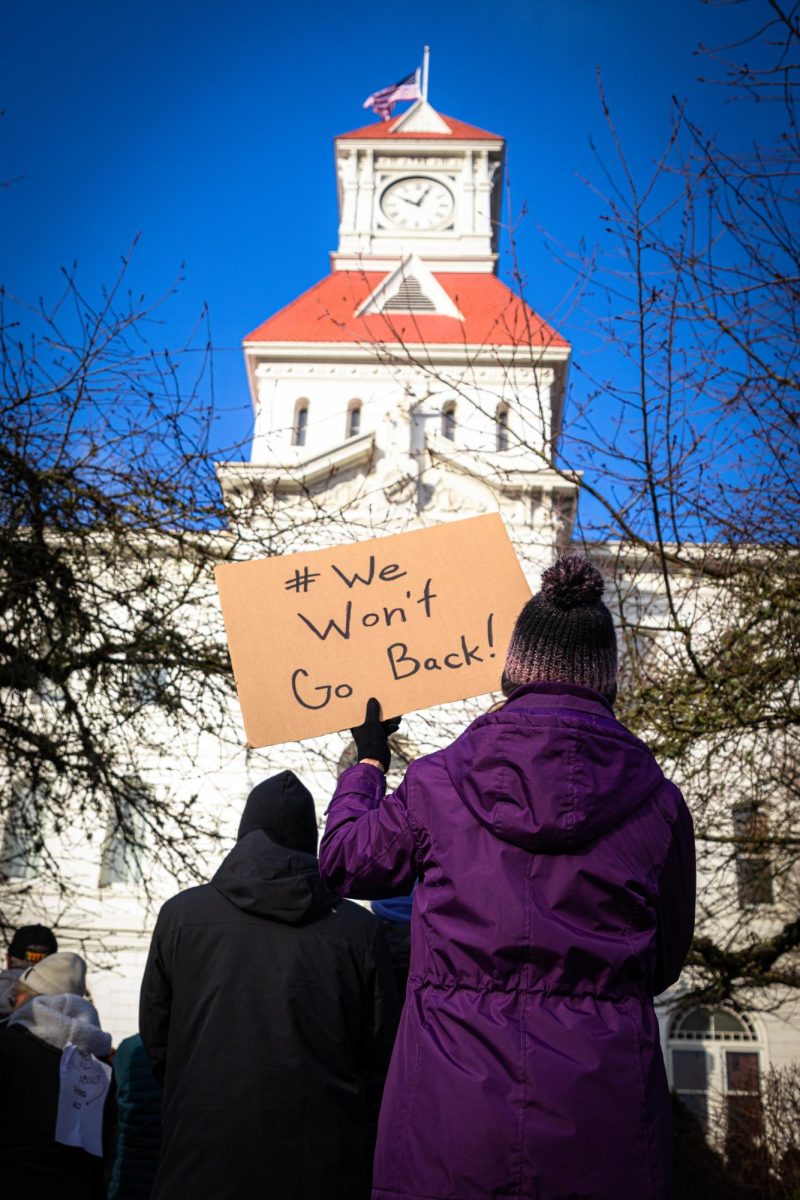

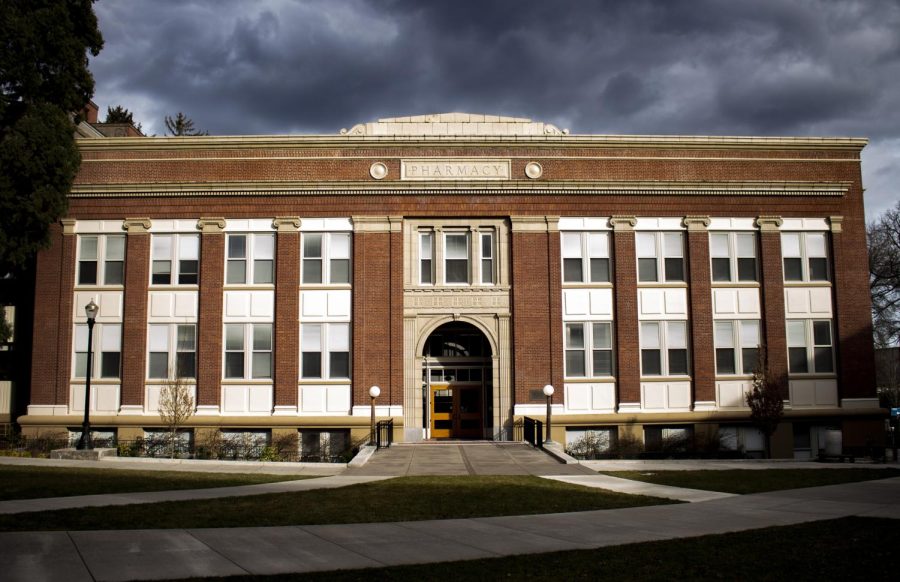

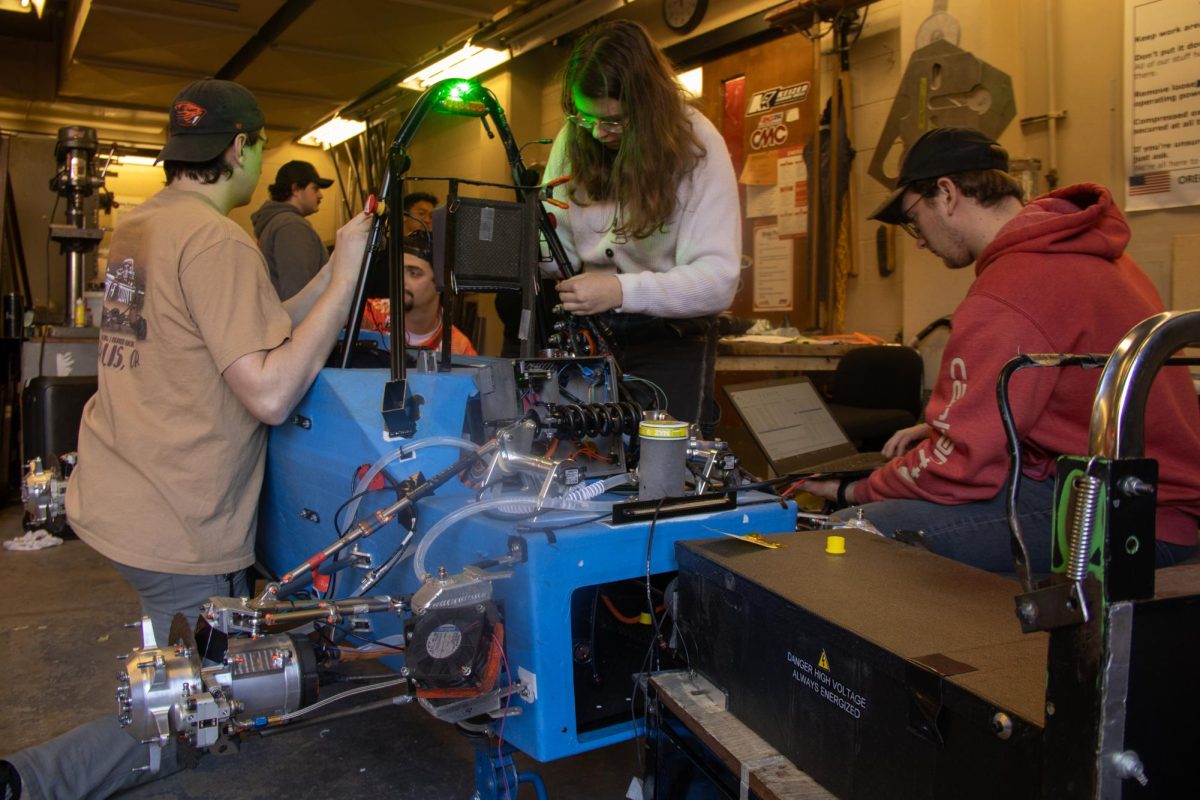



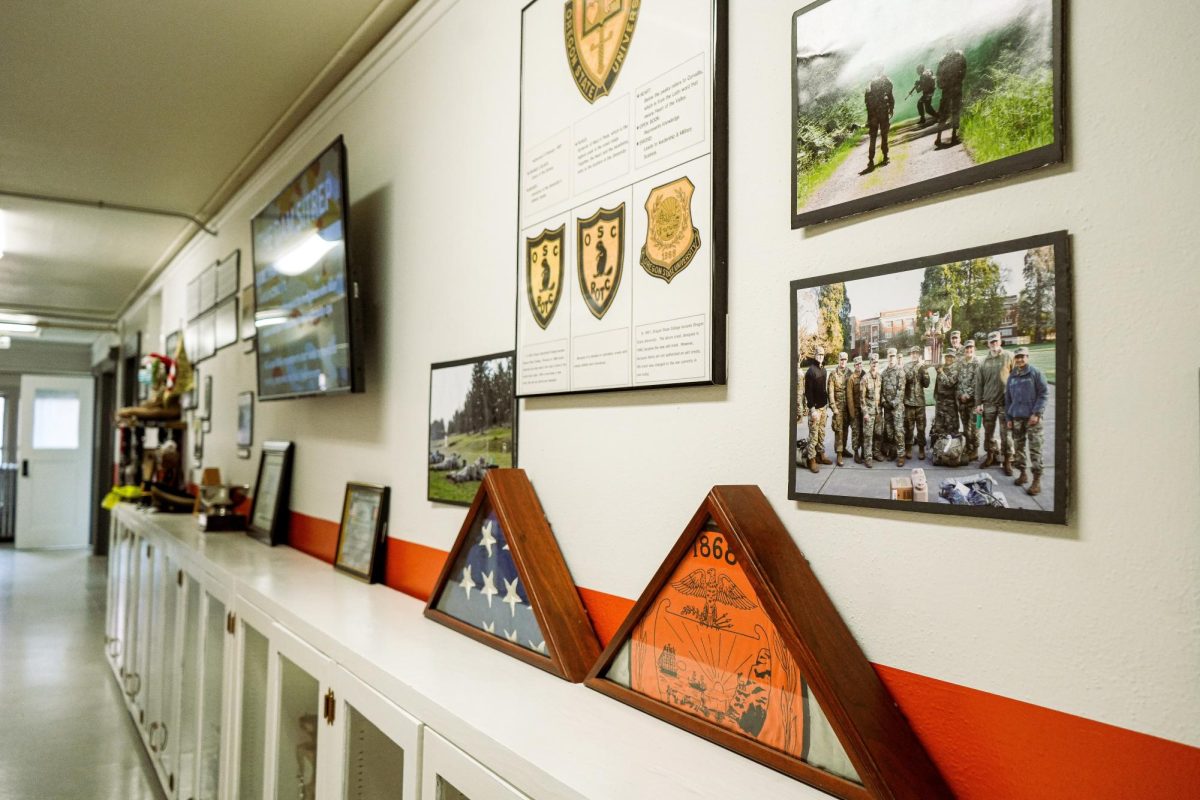
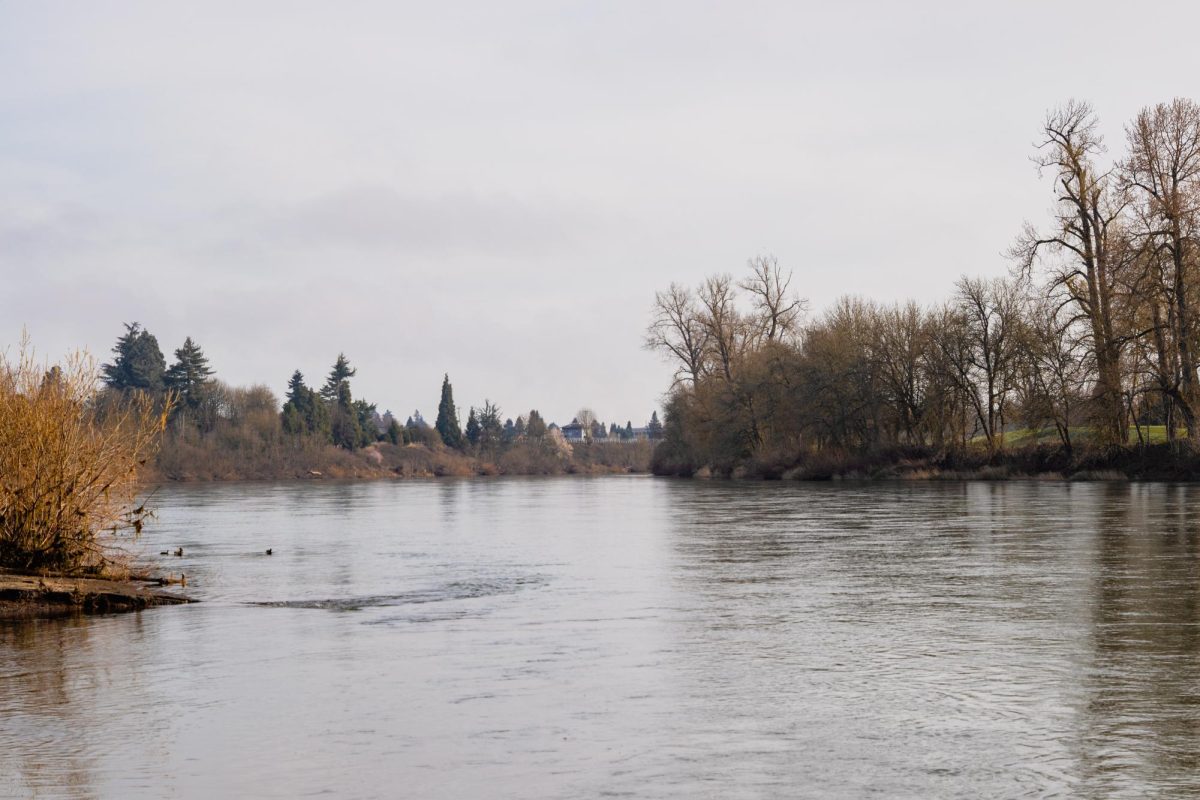


































































![Newspaper clipping from February 25, 1970 in the Daily Barometer showing an article written by Bob Allen, past Barometer Editor. This article was written to spotlight both the student body’s lack of participation with student government at the time in conjunction with their class representatives response. [It’s important to note ASOSU was not structured identically to today’s standards, likely having a president on behalf of each class work together as one entity as opposed to one president representing all classes.]](https://dailybaro.orangemedianetwork.com/wp-content/uploads/2025/03/Screenshot-2025-03-12-1.00.42-PM-e1741811160853.png)























